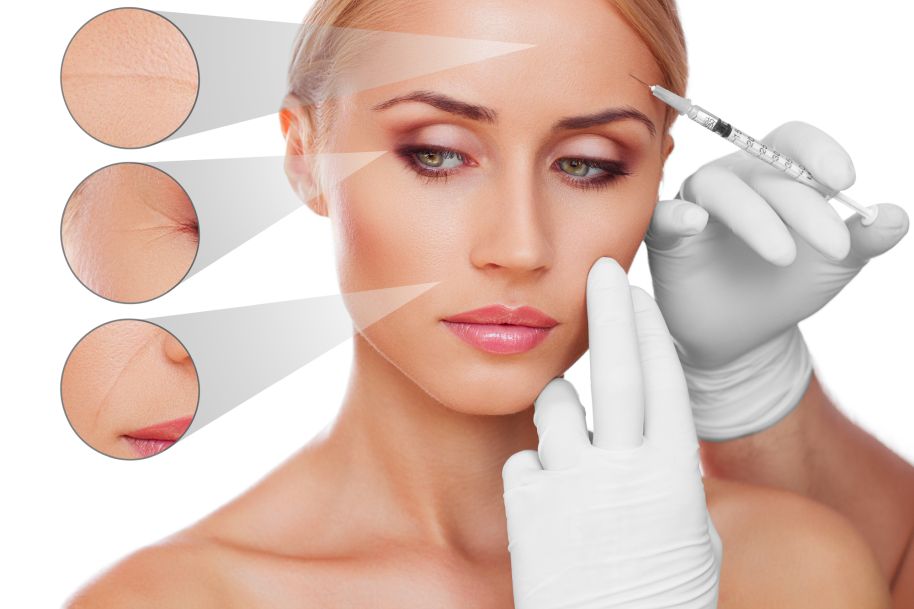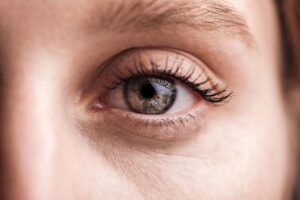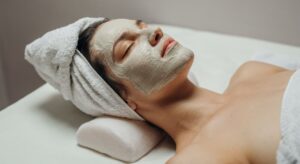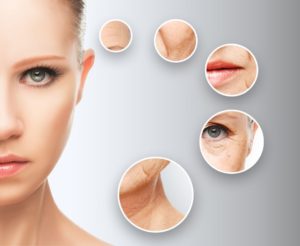When it comes to choosing a facial injection to help your look your best you’ve got many options available. The most common choices that people often try to pick between are BOTOX and facial fillers. But, which is better? How are they different? While they are both long-lasting treatments and each procedure can be used for wrinkles, there are a number of differences between the two that should be considered. In this post we aim to go over a few of those things.
What Is BOTOX?
The best place to start is really to talk about what BOTOX is. Simply put, BOTOX is a muscle relaxer made from a bacteria and is also known as onabotulinumtoxina. It’s been FDA approved for treatment of wrinkles for nearly 30 years (since 1991).
BOTOX is also FDA approved for other medical treatments such as Upper Limb Spasticity (FDA Approved on Jun 21, 2019), Lower Limb Spasticity (FDA Approved on Jan 22, 2016), Overactive Bladder (FDA Approved on Jan 18, 2013) and Migraines (FDA Approved on Oct 15, 2010). It’s also being tested for additional uses. Of course, for our discussion today we’re just going to be focusing on the use of BOTOX for treating fine lines and wrinkles. If you feel that you might be a candidate for using BOTOX for treatment of another condition be sure to discuss it with your doctor.
Where Can BOTOX Be Used?
For the treatment for fine lines and wrinkles, BOTOX is generally applied to areas that commonly have these types of wrinkles that become more pronounced with age. Botox injections unwind the muscles near these wrinkles. Not enabling the muscles to move reduces the look of dynamic wrinkles. The most common injection locations are places such as around the eyes and mouth, as well as in between your eyebrows or on the sides of the eyes (crowsfeet). Though these are just the general areas that BOTOX can be injected – it can also be used in other areas such as the scrotum as well.
The injection usually only takes a few minutes and results are best visible within 2 weeks and can last several months.
What Are Facial(Dermal) Fillers?
Facial fillers can also treat wrinkles on the face. Unlike BOTOX they don’t work by relaxing the muscles or tightening the skin, but instead the are used as a means to increase volume or “plumpness” under the skin which can “fill-in” wrinkles and reduce the appearance of sagging skin due to volume loss from aging. Facial fillers can be found in various forms such as calcium hydroxylapatite (Radiesse), collagen and hyaluronic acid. Each has their own properties and have various advantages depending on the treatment and results required.
Where Can Facial Fillers Be Used?
They’re mostly used to deal with smile lines, though the fillers can also be used to plump up the lips or cheeks. They can even be used to even out bumps in the nose or as a means to reduce the appearance of scars. Sometimes, they can also be used as a hand treatment. Facial fillers or “Dermal Fillers” aren’t approved for use in other locations of the body though such as being use to increase the size of the breasts.
Both treatments can be used to help reduce fine lines and wrinkles. But each one has it’s own advantages:
Fillers
Fillers generally have the edge in being able to reduce the appearance of very deep wrinkles or creases in the face where an increase volume under the skin would be beneficial.
BOTOX
Botox generally has the edge in being able to reduce the appearance of fine lines and wrinkles over a larger area by relaxing muscles and in essence tightening the skin near the injection site.
Risks And Side Effects
As with all medical treatments, both Botox and facial fillers can feature the risk of adverse effects. Listed below are some of the more common side effects but your own personal reaction may vary depending on other unique considerations with regards to preexisting medical conditions.
BOTOX Possible Negative Reactions:
- Bruises at the site of injection
- Sagging eyelids
- Soreness and inflammation
- Headaches
Discuss with your doctor action you can take prior to getting BOTOX to lessen the chances of some side effects.
Botox isn’t advised if you are pregnant or nursing, have weak facial muscles, have existing skin conditions or have any neuromuscular disease.
Facial Filler Possible Negative Reactions:
Facial fillers can carry the possibility of more dangers and negative effects than Botox. Severe negative effects are uncommon. Moderate adverse effects generally go away within 2 weeks.
- Allergic reaction
- Bruising
- Infection
- Itching
- Feeling of pins and needles
- Inflammation
- Scarring
- Sores
In serious cases, long-lasting swelling of the face may happen. Applying ice may help relieve temporary tingling and swelling. It’s always advised that you get an allergic reaction screening prior to getting a facial fillers for the first time. Facial fillers are discouraged for people who smoke.
Bottom line.
Each option has it’s advantages. Facial fillers might produce more long-term outcomes or dramatic results as far as deep wrinkles are concerned, but these injections can also bring more adverse effects than Botox injections. You should also bear in mind that Botox and facial fillers treat slightly different problems and are generally utilized in different locations of the face. Also you don’t always have to choose one or the other. Often there are treatment options that can combine both types of injections to in effect give you the best of both worlds.
If you’re unsure, come in for a free consultation. We’ll be happy to go over all your options with your and help you select the best match.
*Information in this article is not medical advice and may not be factually accurate. It is intended for entertainment purposes only. Consult with a physician before attempting any tips in this blog post and to get the most up to date factual data about any procedure or treatment.













